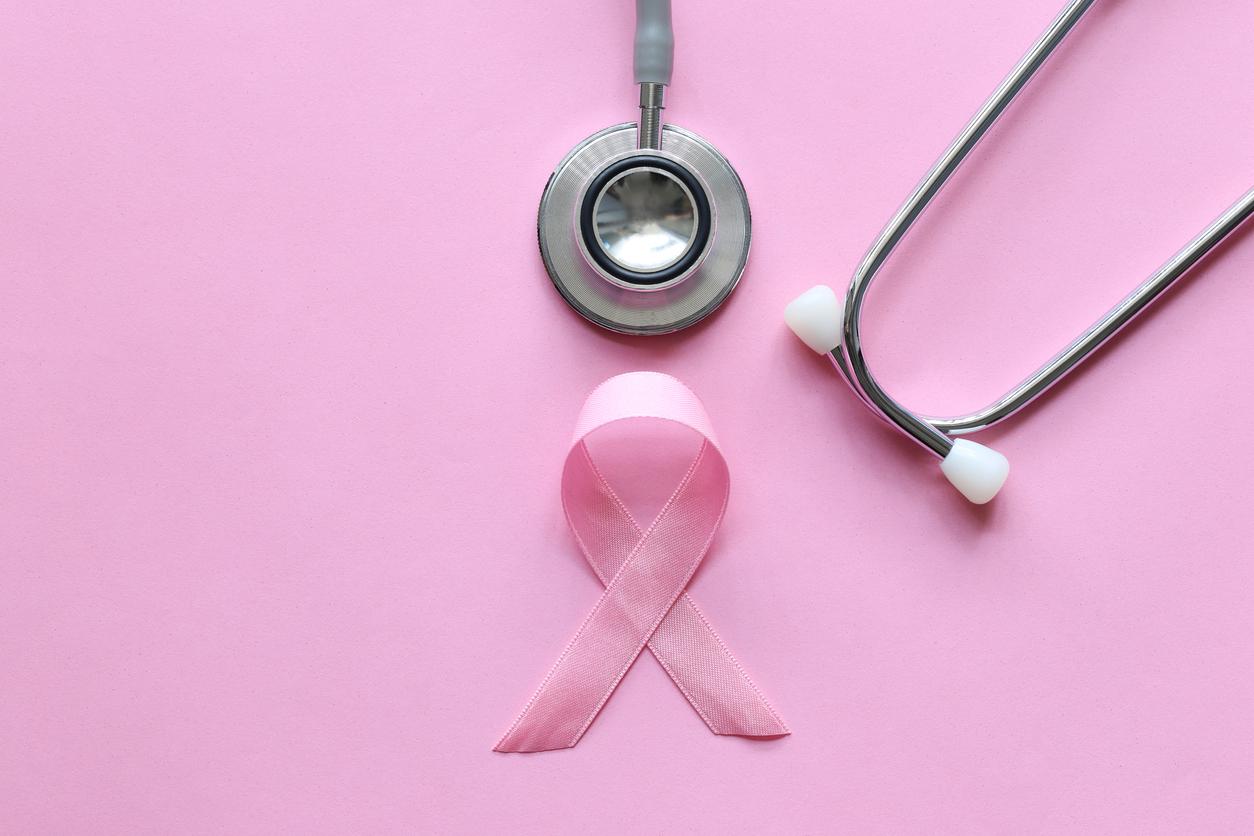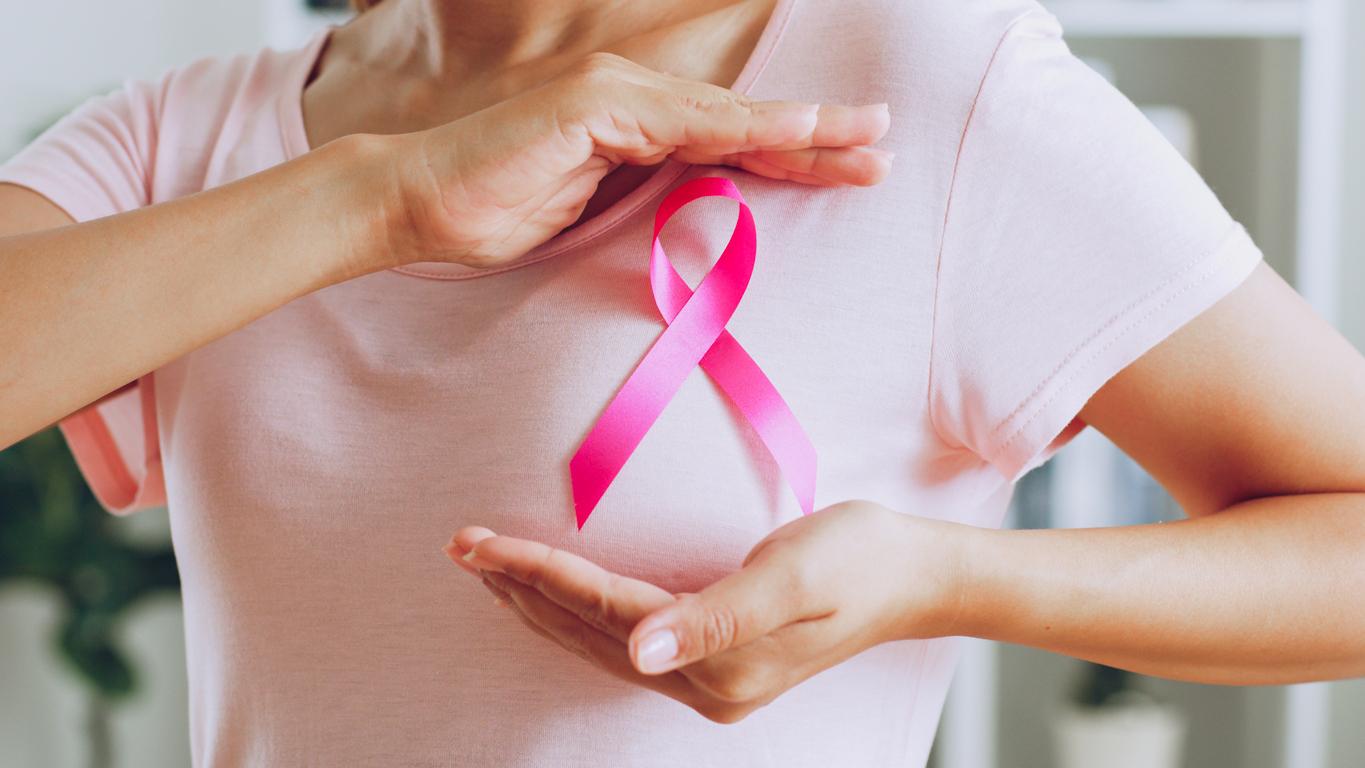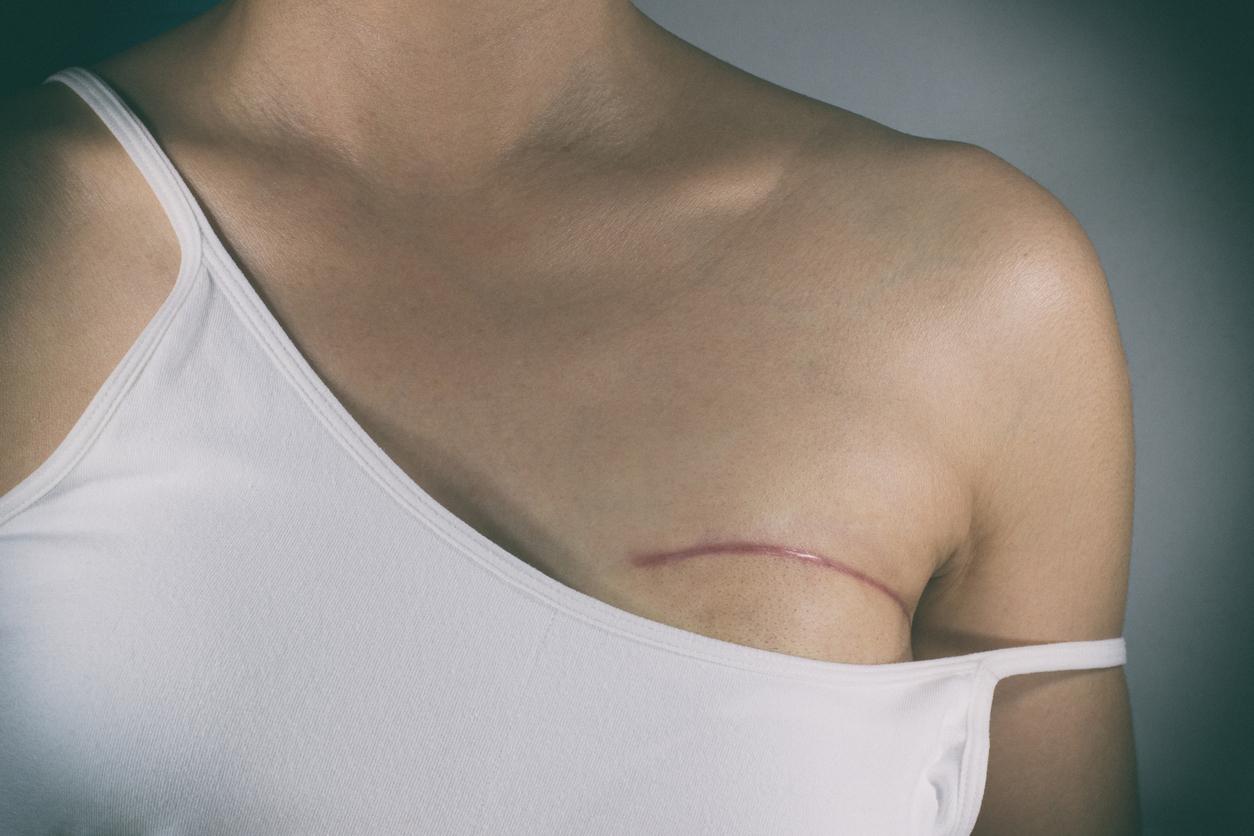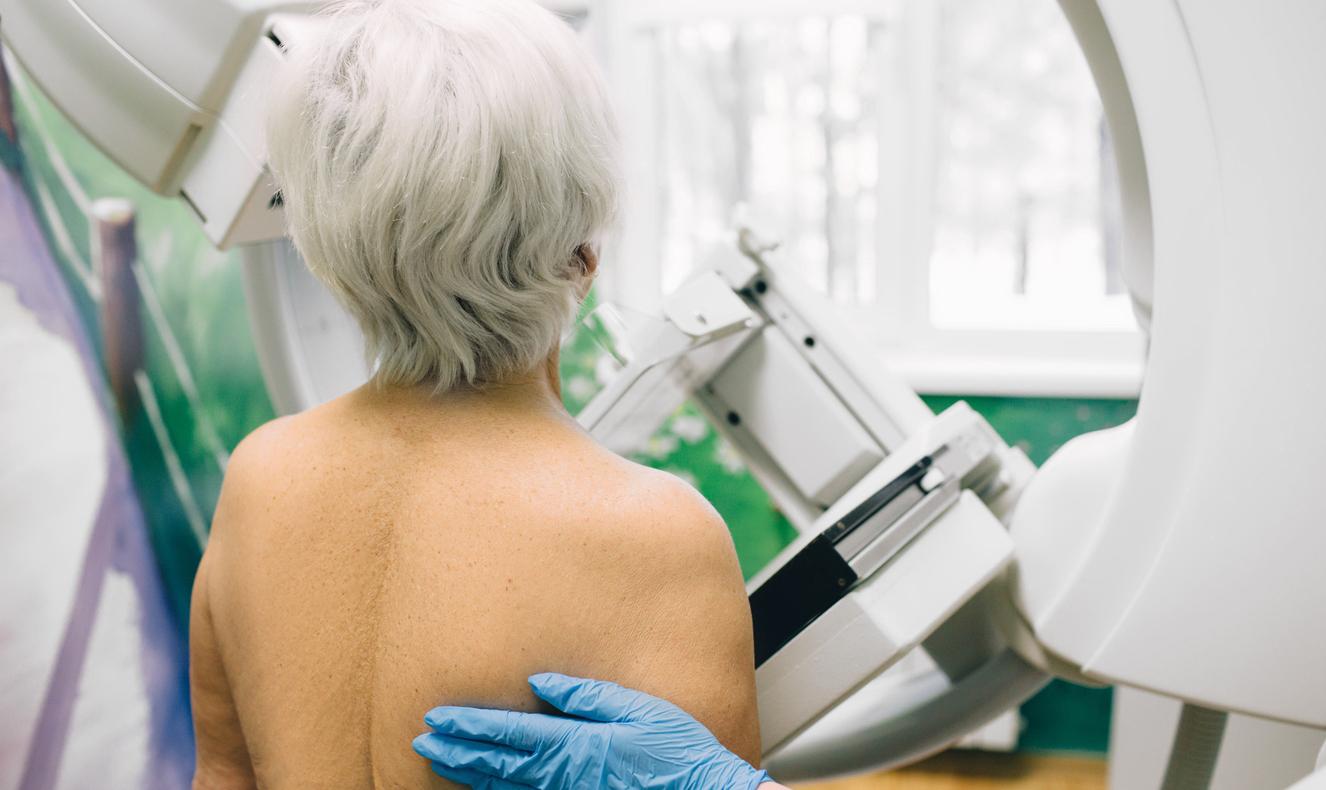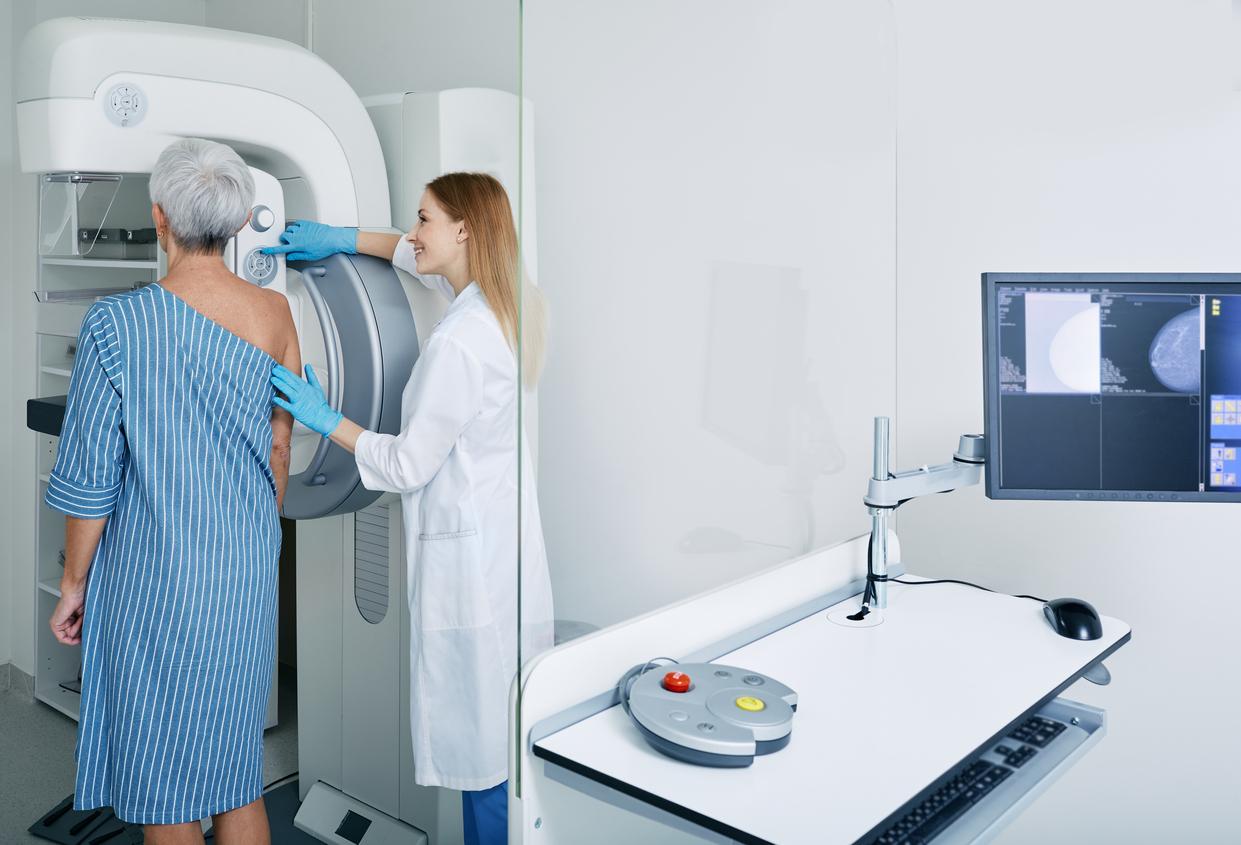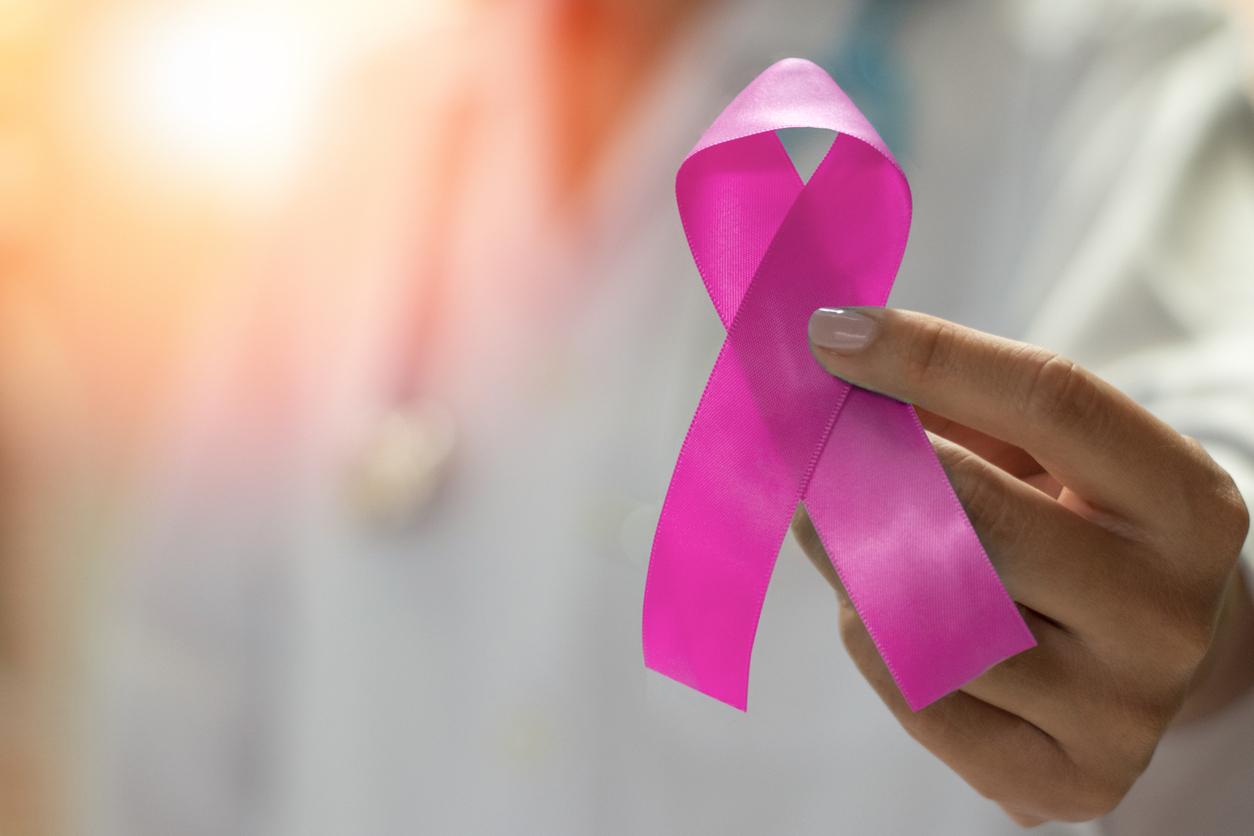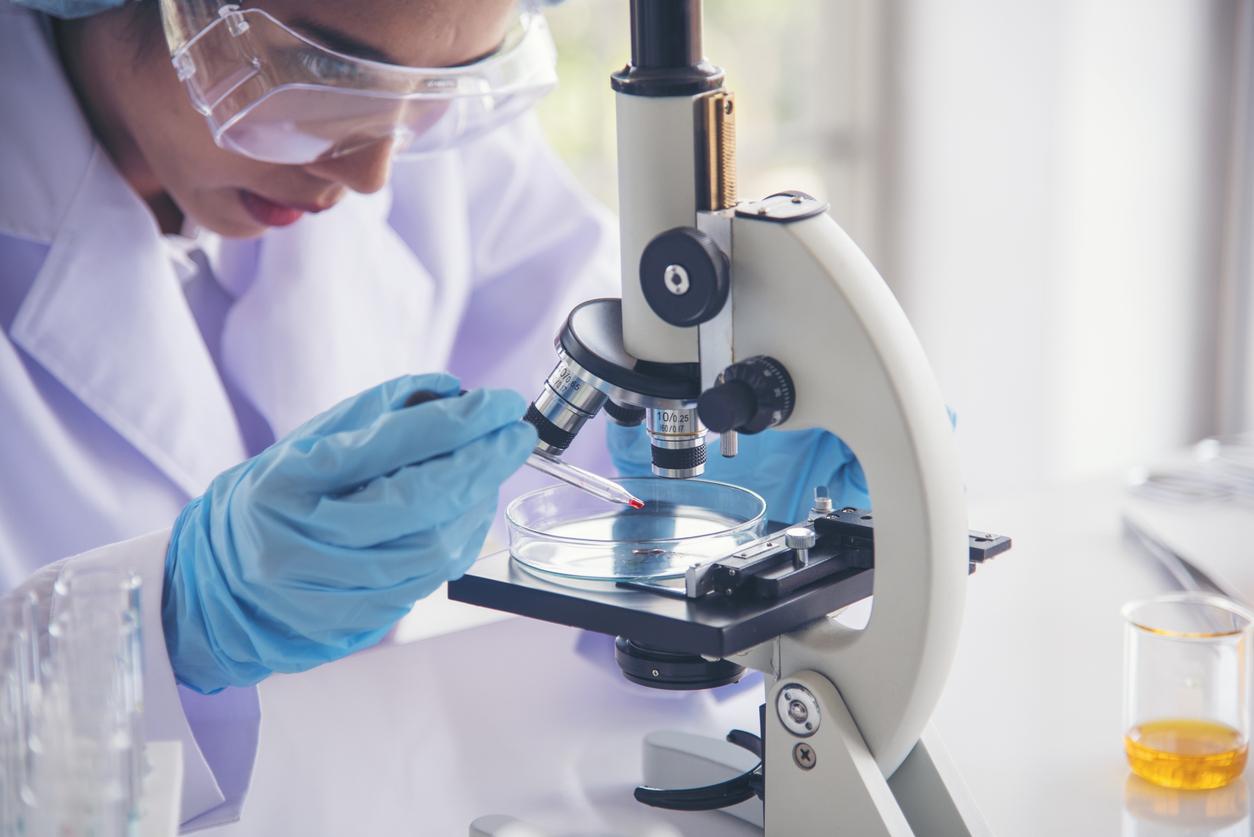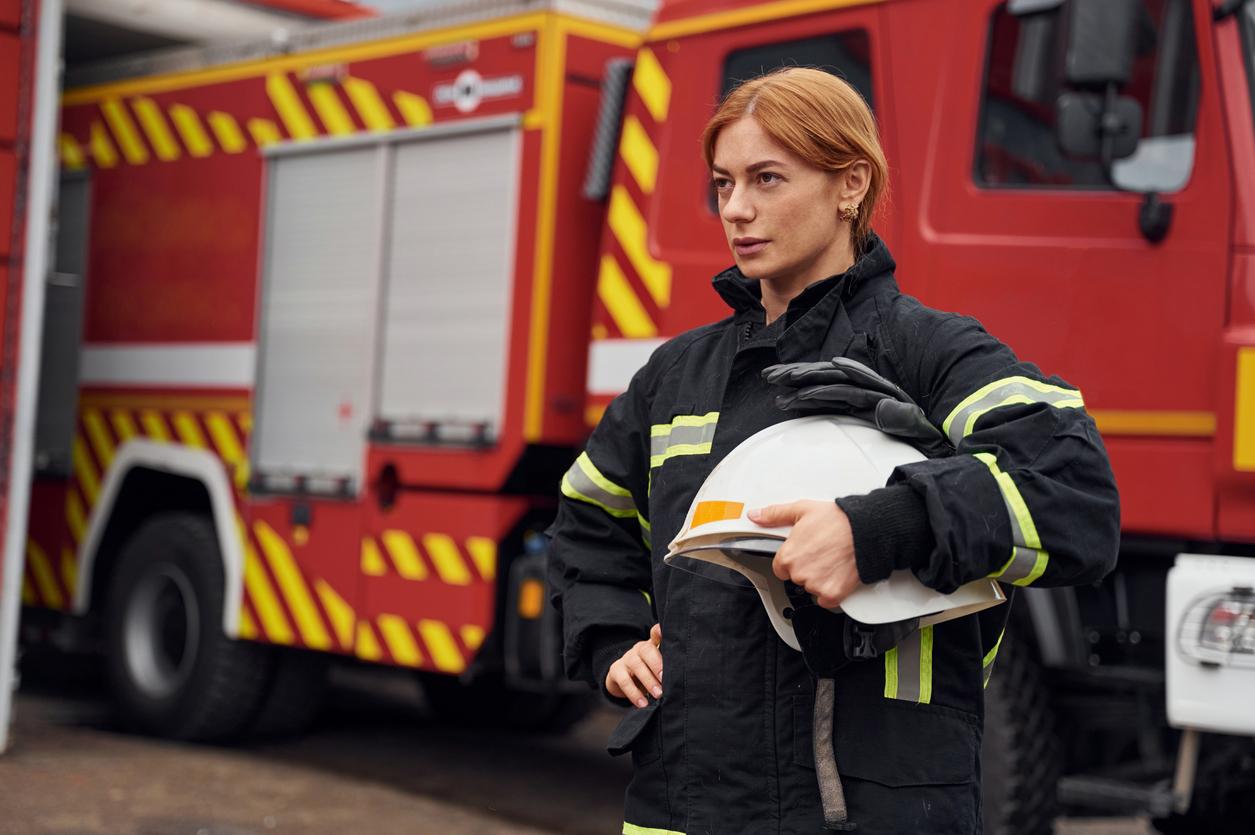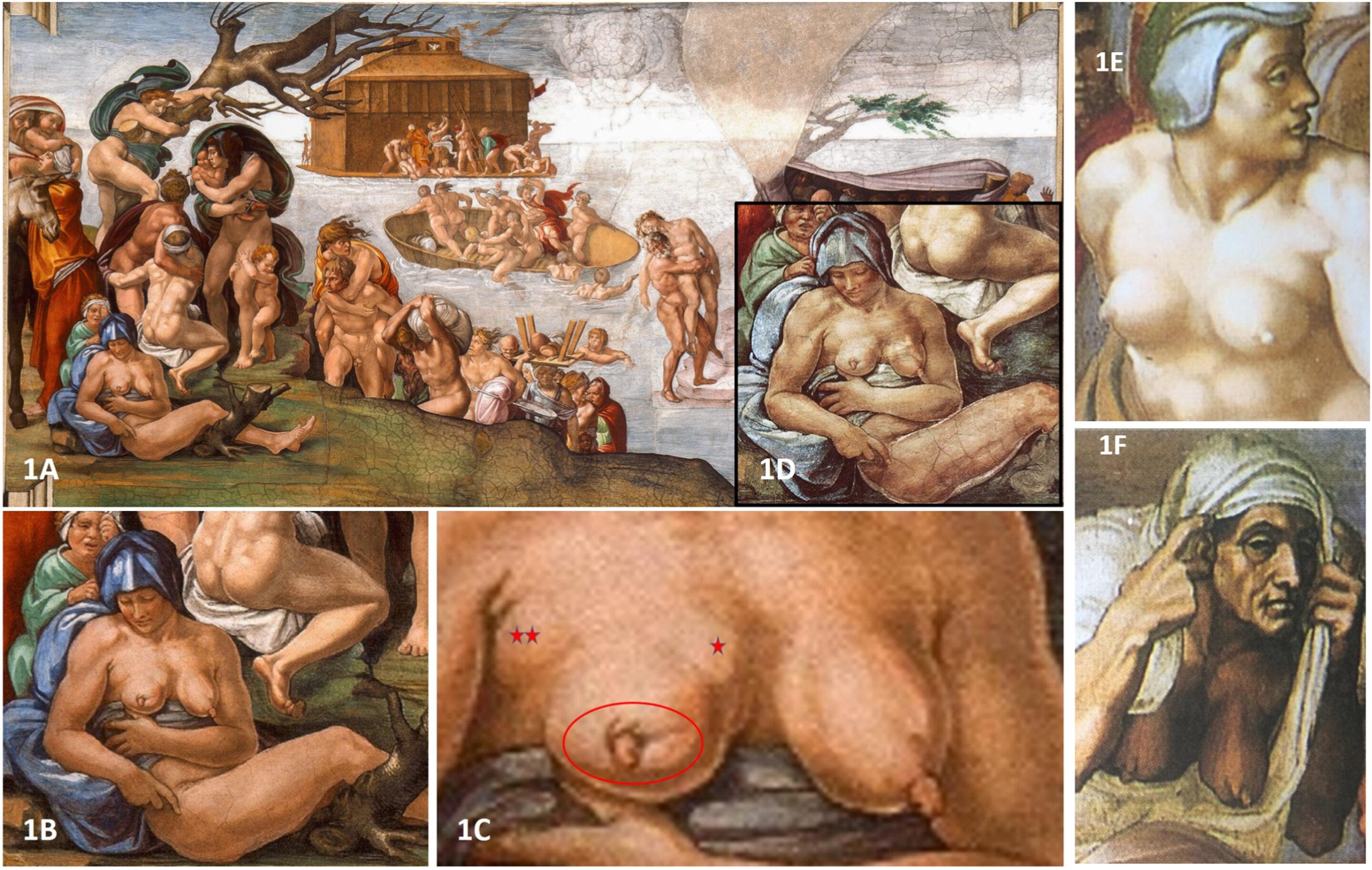Breast reconstruction is now one of the priorities in the treatment of breast cancer. Dr. Myriam Deloménie, surgeon, specialized in Breast Cancer Surgery and robotic surgery, and Dr. Marc-David Benjoar, plastic surgeon at the French Breast Institute, both provided their insights in this interview for Why Doctor.
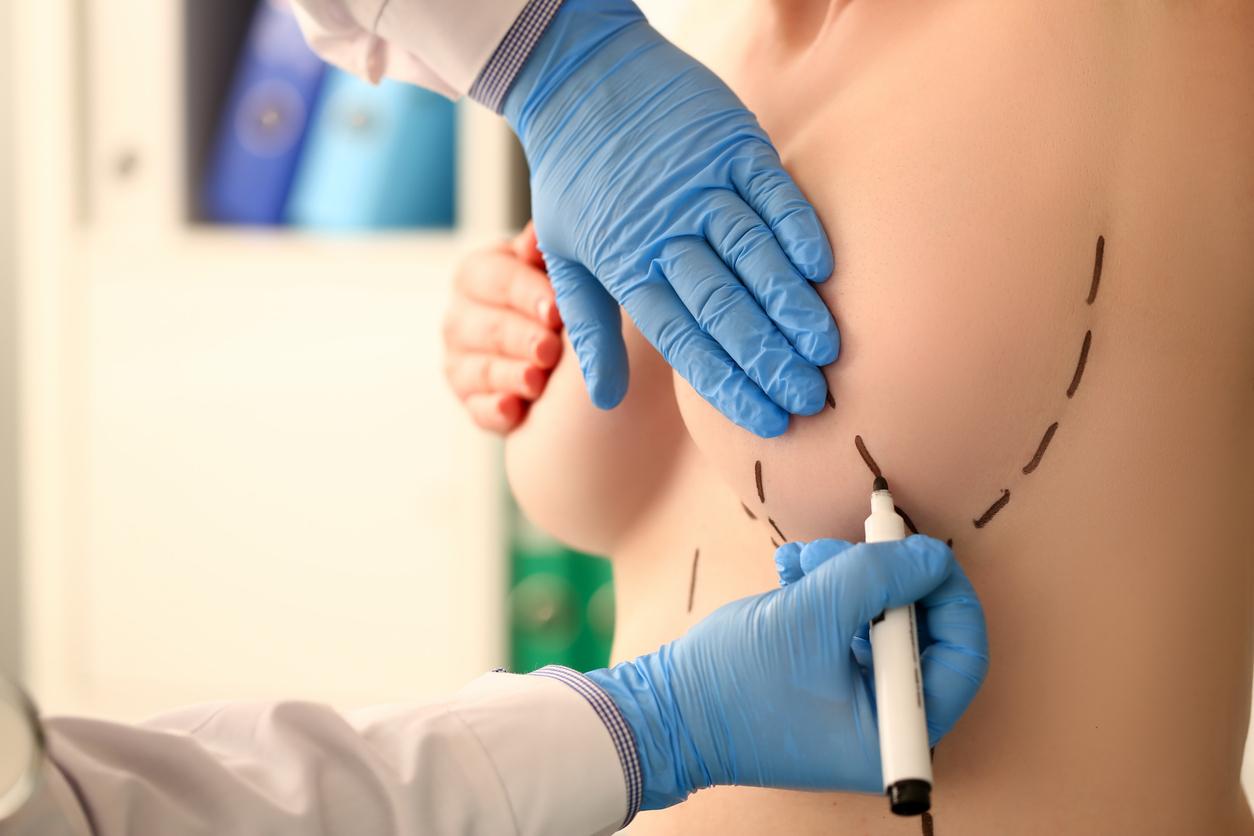
Why doctor: What is mastectomy?
Dr. Myriam Deloménie : Mastectomy is the act of completely removing the entire mammary gland, that is to say, completely removing the breast. The majority of breast tumors, breast cancers, are very treatable. The first treatment is surgery. In some cases, we try as hard as possible to keep the breast, this is called a partial mastectomy or lumpectomy. But unfortunately in 30% of cases, if the tumor is too large or if there are several tumors in the breast, we are forced to do a total mastectomy.
“Total mastectomy is done when the tumor is too large in relation to the size of the patient’s breast”
Total mastectomy is done when the tumor is too large in relation to the size of the patient’s breast and it is realized that there is not enough healthy mammary gland to be able to keep the breast. But also if there are tumors in two different places in the completely distant breast. In these cases we are obliged to completely remove the mammary gland for safety.
When can we talk about reconstruction?
In this context we work in collaboration with a reconstructive surgeon, a plastic surgeon who will restore volume and carry out a reconstruction which we try as much as possible to carry out during the same operation as the total mastectomy. We are in something where we restore volume and when we can, if the tumor is far from the nipple, we try to keep the skin and the nipple.
“Waking up flat” can cause “major psychological trauma”
Dr Benjoar Marc-David: In the majority of cases, it is done at the same time as the mastectomy because it prevents the patient from waking up flat, which can be a major psychological and even physical trauma. The ideal is to reconstruct the interior of the mammary gland, the volume of the mammary gland and the skin if skin is needed. Two methods are used: prosthetics, with a breast implant filled with silicone or water, and natural or autologous methods, where tissue is taken from the patient and transferred to the breast to reconstruct it.
LThe robot is a new method which has just been authorized, and with Dr Deloménie we have been pioneers in its use in Ile-de-France. The advantage is to be able to remove the mammary gland while leaving all of the skin and areola through the armpit for a very short scar.
Dr Myriam Deloménie: The robot is an extension of our hands and our arms because we manage to make a hidden scar under the arm, very far from the mastectomy. However, it is usually located on the upper part of the breast or below, which often makes it very visible.
What about nipple reconstruction?
Dr Benjoar Marc-David: There are three methods for reconstructing the nipple and areola. It all depends on whether a prosthesis or a skin flap was used. In general, if we have not added skin, we do not have the laxity to recreate the nipple. So either we are going to take the nipple from the other side which we graft onto the new breast; but the problem is that it damages the natural breast a little and many women refuse. Either we do a tattoo with a 3D effect of the nipple, which is quite striking because we really have the impression of having a nipple. The only problem with this technique is that there is no volume and in a tight t-shirt for example, there will be no nipple relief. There is also the nipple implant solution which has been proposed and which we will try to test. It is a silicone implant that is placed just under the skin to recreate the shape of the nipple. In the other case, skin is replaced by skin. So we will recreate a nipple from the skin of the stomach or buttock and then we will tattoo it to give the color, and we obtain an almost perfect result.
@pourquoidoctor Today in France, it is estimated that 30% of women affected by a total mastectomy would undertake breast reconstruction. When the operation is announced, several important decisions must be made: surgically reconstruct the volume of the removed breast or keep the bust flat, carry out the reconstruction at the same time as the mastectomy or later, choose the surgical technique that is appropriate better… (Source: WhyDocteur by Mathilde Debry) Piurquoi Docteur met Doctor Benjoar, plastic surgeon at the French Breast Institute and Dr Delomenie, surgeon specializing in breast cancer surgery and robotics. #pinkoctober #drbenjoar #drdelomenie #breastreconstruction #breast implant #institutfrancaisdusein ♬ original sound – whydoctor
Breast donation: “this would involve anti-rejection treatment which is contraindicated in cancer”
Why can’t we donate breasts?
We cannot donate breasts because this would involve anti-rejection treatment, which is contraindicated in cancer. So there has never been a case where a breast is taken from a brain-dead patient and donated. On the other hand, there have already been several described cases of donations between twins because if you are homozygous twins, you have perfect compatibility and therefore some twins have donated belly or fat during lipofilling to a thinner sister for example.
Dr Myriam Deloménie: It’s rare ! This remains truly exceptional.
As part of radiotherapy treatment, how does the reconstruction take place?
Dr Benjoar Marc-David: We can’t do anything during radiotherapy because it creates a kind of burn and not all methods work. Classically, we asked the patient to wait 1 year after the last ray because we mainly used prostheses, so to avoid any complications, we had to wait. Now we do the rays before removing the breast (reverse sequence). In the case of lipofilling, I generally start from 6 months to hope to have a finished reconstruction after a year/a year and a half.
“Not everyone wants to remain an amputee and have a flat bust”
There is the same demand among young women as among 60-year-old women. Not everyone wants to remain an amputee and have a flat bust. The importance of working in tandem with the cancer surgeon is to offer them a treatment plan. The point is to say what will happen, the steps to follow and explain whether the reconstruction will be immediate or, on the contrary, postponed until later on the indications of the cancer surgeon. From the start, the reconstruction methods will be explained to the patient who will have all the necessary information before the mastectomy.
Which surgeon makes the first decision?
Dr Myriam Deloménie: It is often the cancer surgeon who initially decides, who sets the cancer surgical indication: can we keep the breast or not? Is it a tumor from which we can possibly keep the nipple or not? In the majority of cases we can perform immediate breast reconstruction. There are some cases where this is not possible with very aggressive tumors with skin involvement for example. But if we are in a case where we can do it, we ask the patient to immediately consult the plastic surgeon who will decide based on the morphology and possible treatments which reconstruction will be best.
Dr. Benjoar David: It is always a choice of the patient. Some patients choose not to have reconstruction or to take the time. Others want to separate the initial treatment of cancer from that of reconstruction because they want to take several opinions or because they are not necessarily ready to consider a reconstruction process. We offer them the techniques and it is the patients who decide.








